Celebrating 40 years of Voyager
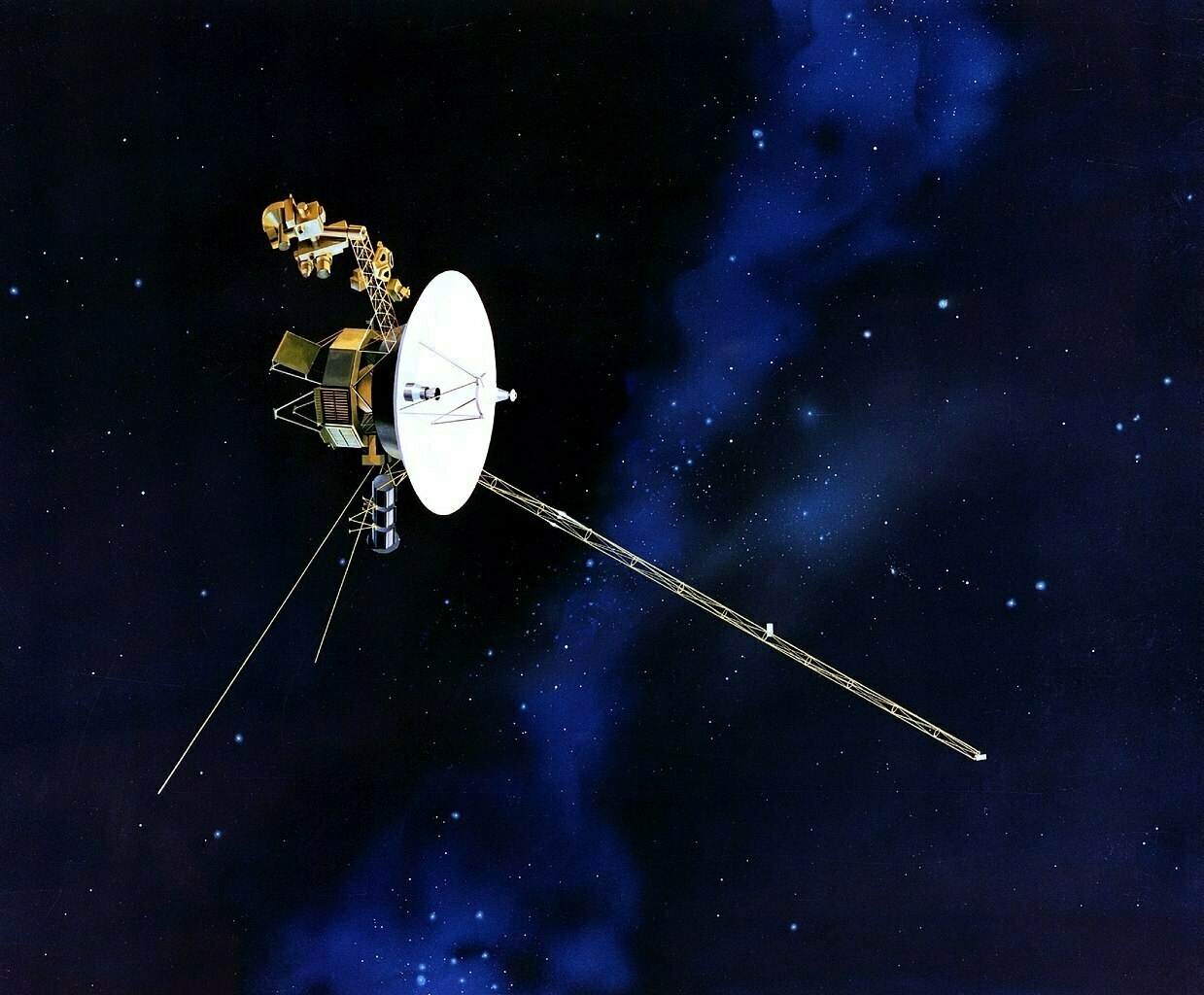
We are the only species that, due to it’s technological abilities, destroys habitat at unprecedented scale. How is it that a species which is supposedly so intelligent can cause such destruction to itself and it’s home? How is it that we can be precise in our engineering and yet so sloppy in our human interactions?

It helps to remember that we are primates. Which is to say, we’re just really smart, differently evolved Hominini, a member of the family of great apes. Perhaps from this context, it’s a bit easier to understand our persistent fallibility. As individuals and a collective, we live in fallibility though we are intelligent enough to deeply alter our environment. From fire to coal to oil to the atom; from simple tools to complex tools to earth moving machines to computers to robots exploring our solar system. We humans are constantly in a state of exploration and often destruction. Our evolutionary “success” seems to exist, though, on the finest of edges. With our ever increasing population (7.5 billion at this moment) dependent on a complex food system which is itself based on the availability of fossil fuels and a stable, semi-predictable climate.

We are simultaneously capable of extended, deep reasoning as well as irrationality and superstition. In so many ways we, as individuals and as social systems, seem to reside in perpetual conflict. We often use the scientific method to wondrous and beneficial effect. Other times we use it to great disaster. Sometimes we push forward too fast, not knowing the results that may emerge. The full repercussions of our actions are often not known but even when they are predicted we fail to heed our own warnings.
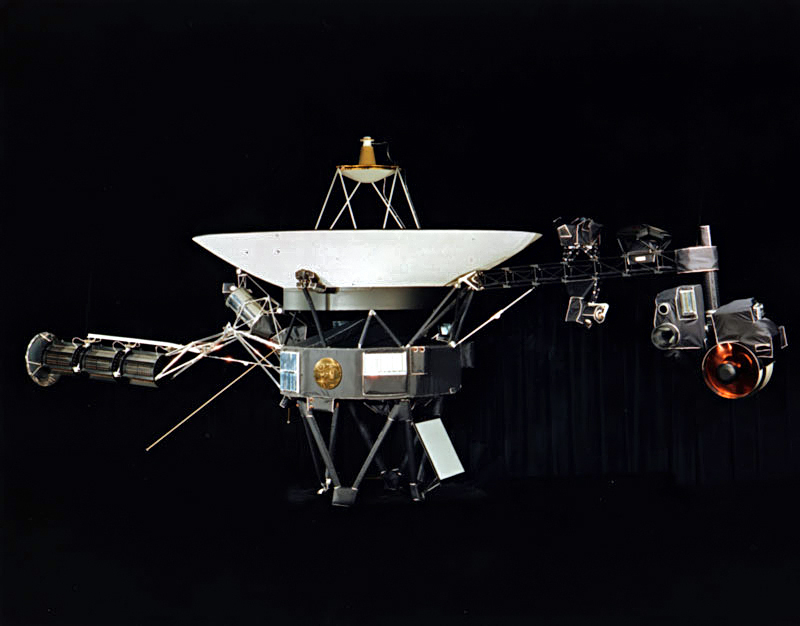
Our many societies, complex tapestries of history, culture, politics, ecology, science, art and economy, are often at odds with one another as well as with themselves. In so many ways the Voyager spacecraft are the perfect representatives of humanity. They embody our struggle with fallibility and our development of science as a method and a tool in response to that fallibility. We have developed and used these two spacecraft to explore our universe and to convey something of ourselves to it. At our very best we are explorers and communicators and sometimes our many voices are brought together in a shared expression of our common humanity.

The Golden Records, our attempt to reach out into the unknown, to share something our tiny world, were created to carry our voices and our story as well as the sounds and images of our Earth. From bird song to whale song, Mozart to Blind Willie Johnson, to the sound of a human heart beating. In addition to a wide variety of audio he record included imagery ranging from illustrations of our solar system to DNA to daily life on our planet. Carl Sagan chaired the committee that spent a year selecting and then compiling the content. Included were the words of then U.S. president, Jimmy Carter:
"This is a present from a small, distant world, a token of our sounds, our science, our images, our music, our thoughts and our feelings. We are attempting to survive our time so we may live into yours."
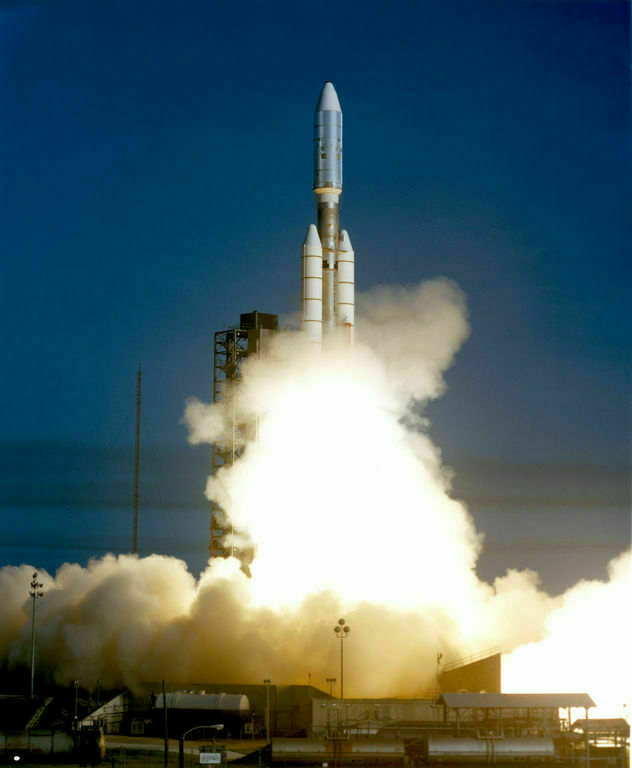
Of course, the spacecraft are far more than carriers for the Golden Records. In fact, the records were really intended to be the 2nd part of the mission, the purpose of the spacecraft after they no longer have the ability to transmit data back to us. The 1st part of their mission was, of course, the collection of data about our solar system a mission they are still performing even as they have ventured beyond the solar system.
With less computing power than a cell phone, they have, over the course of their mission, deepened our understanding our our solar system immensely. Beginning with Jupiter, and Saturn and then later Uranus and Neptune.
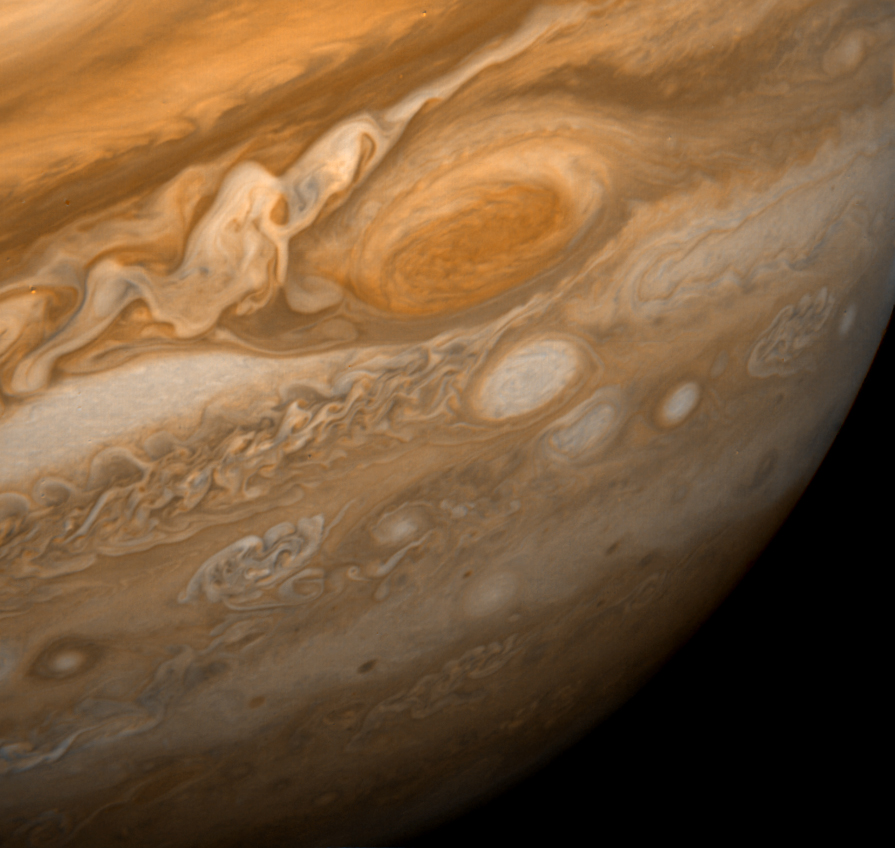
The first planetary encounter of the mission was Jupiter which began when Voyager 1 began taking photos in January 1979 with the closest approach on March 5 and final photos being taken of the planet and moons in April 1979. One of the highlights of this part of the mission was the discovery of volcanic activity on the moon of Io. It was the first time active volcanoes had been observed on another body within our solar system. Voyager’s mission at Jupiter was not the first encounter or the last. There have been 9 thus far.
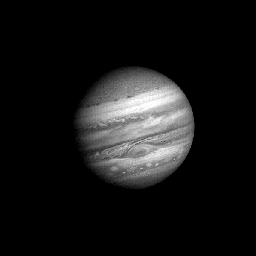 An animated view of Jupiter taken with photos taken every 10 hours.
An animated view of Jupiter taken with photos taken every 10 hours.
As Voyager was taking it’s photos of Jupiter it was also getting a gravity assist from the planet. Which is to say, it borrowed energy from the planet’s gravitation to change it’s trajectory and give it a boost to the next destination of its journey: Saturn. The Saturn encounter began November 1980 with closest approach on November 12, 1980 when it came within 77,000 miles (124,000 km). There have been a total of 4 spacecraft encounters with Saturn. Three of those were flybys and one, the Cassini-Huygens spacecraft, an extended mission which has been ongoing since 2004 and which will end in September 2017.

After Saturn, Voyager went on to Uranus and Neptune. Thanks to Carl Sagan, Voyager had one last photographic mission. The last photographs taken were a family portrait of our solar system. On February 14, 1990, at a distance of 6 billion kilometers from Earth, Voyager captured a mosaic of 60 photos including 6 planets: Jupiter, Earth, Venus, Saturn, Uranus and Neptune. It is from this series of images that the famous Pale Blue Dot photograph was taken. In the image the Earth is just a tiny blueish-white speck seen in a brownish band of light on the right side of the image.

"We succeeded in taking that picture, and, if you look at it, you see a dot. That's here. That's home. That's us. On it, everyone you ever heard of, every human being who ever lived, lived out their lives. The aggregate of all our joys and sufferings, thousands of confident religions, ideologies and economic doctrines, every hunter and forager, every hero and coward, every creator and destroyer of civilizations, every king and peasant, every young couple in love, every hopeful child, every mother and father, every inventor and explorer, every teacher of morals, every corrupt politician, every superstar, every supreme leader, every saint and sinner in the history of our species, lived there – on a mote of dust, suspended in a sunbeam.The Earth is a very small stage in a vast cosmic arena. Think of the rivers of blood spilled by all those generals and emperors so that in glory and in triumph they could become the momentary masters of a fraction of a dot. Think of the endless cruelties visited by the inhabitants of one corner of the dot on scarcely distinguishable inhabitants of some other corner of the dot. How frequent their misunderstandings, how eager they are to kill one another, how fervent their hatreds. Our posturings, our imagined self-importance, the delusion that we have some privileged position in the universe, are challenged by this point of pale light.
[…] To my mind, there is perhaps no better demonstration of the folly of human conceits than this distant image of our tiny world. To me, it underscores our responsibility to deal more kindly and compassionately with one another and to preserve and cherish that pale blue dot, the only home we’ve ever known." — Carl Sagan, speech at Cornell University, October 13, 1994
To celebrate the 40 year anniversary PBS has created a fantastic website and documentary, The Farthest: Voyager in Space. It is a truly wonderful documentary and I was moved to tears more than once while watching it. Stream it via their app or the above website. I’ll likely be watching it again. The website is beautifully done with a wealth of imagery, text and live display of the current Voyager mission time and distance from Earth.